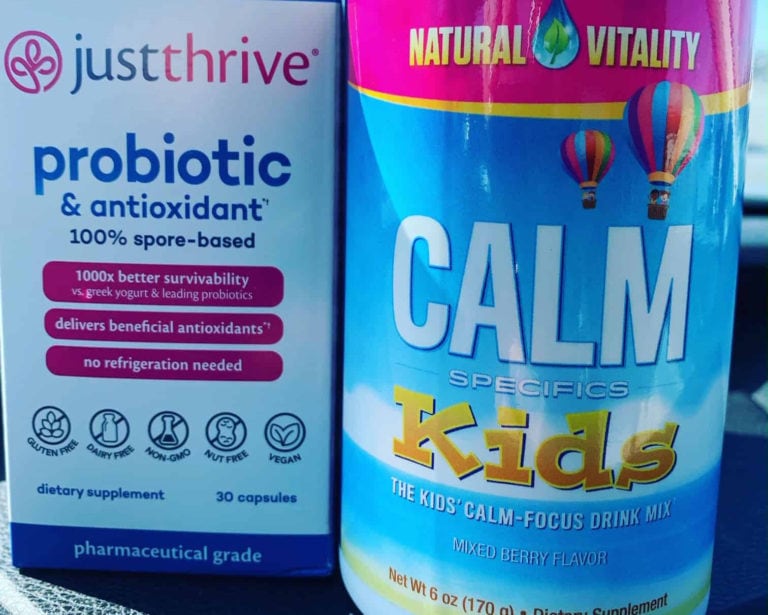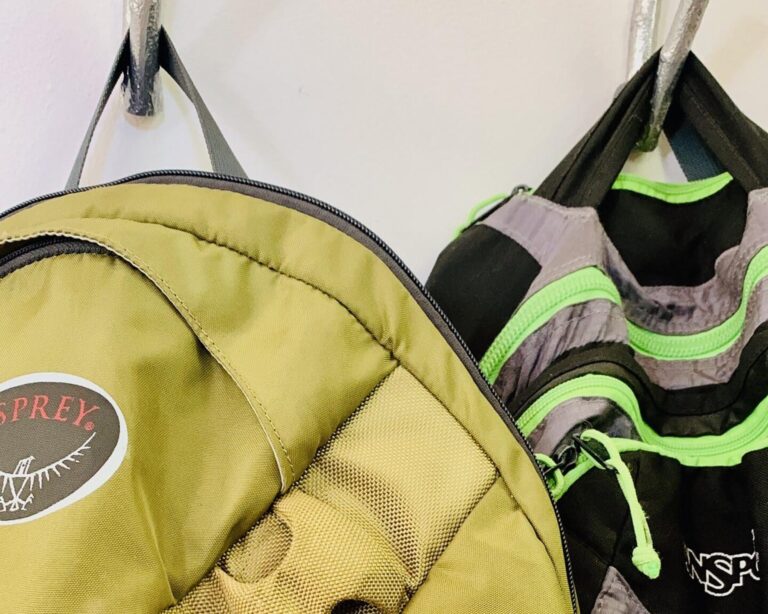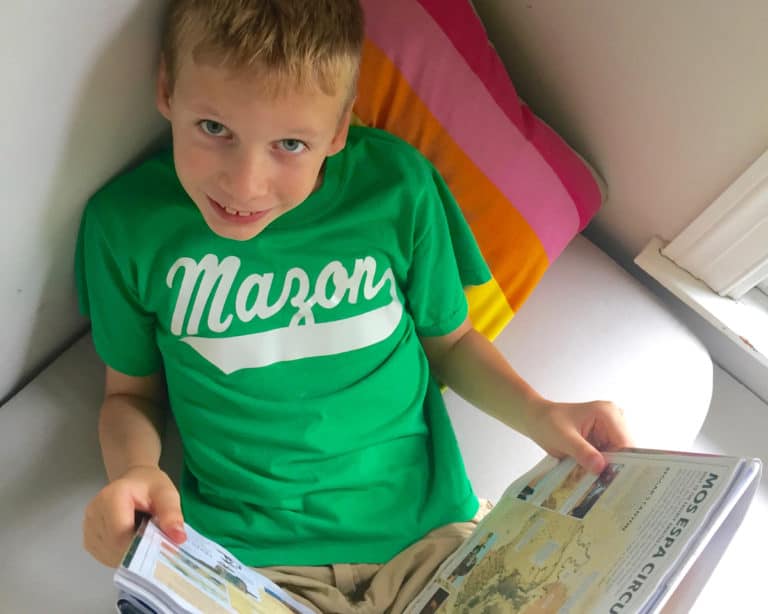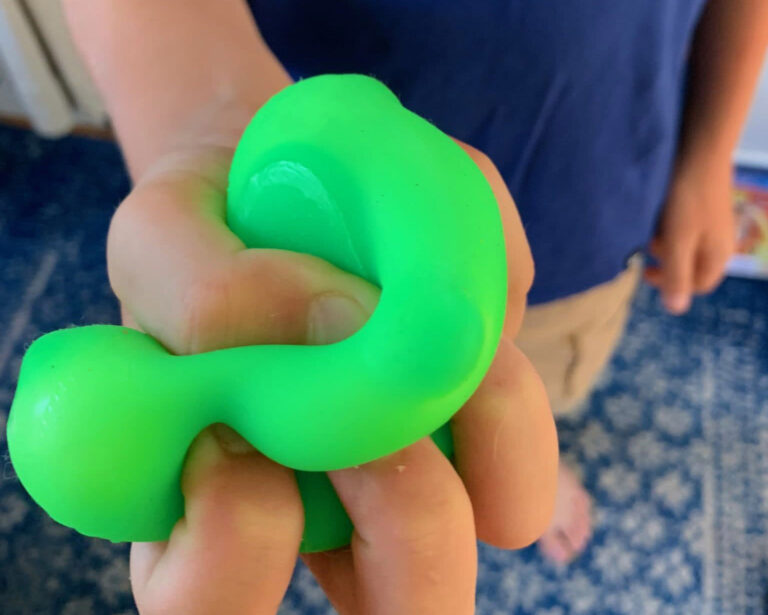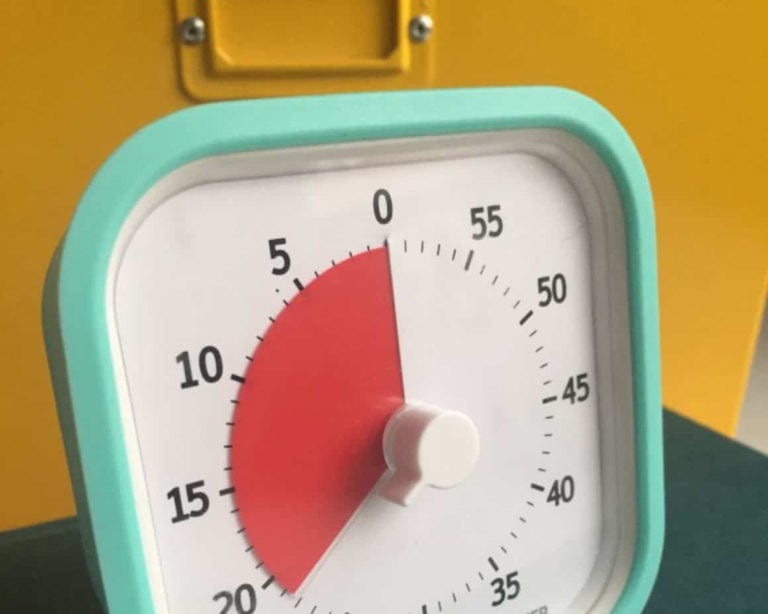Create the Best Bedtime Routine for your ADHD child
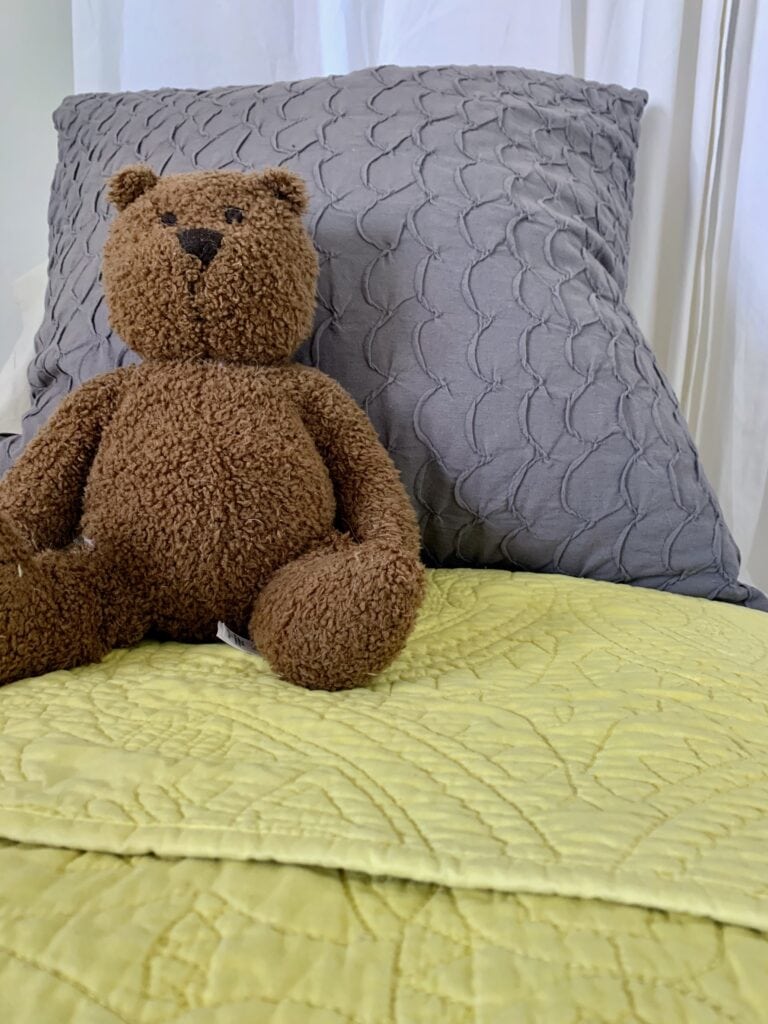
It can be hard to settle an ADHD child for sleep. The transition from day to quiet rest can be difficult and a time that parents find very challenging.
Creating a bedtime routine for ADHD kids- a short sequence of actions that you repeat at the same time everyday, right before bed – can have a huge impact on your child’s ability to go to bed and stay in bed. A bedtime routine can mean the difference between a calm evening and a crazy one.
Why do routines work so well for ADHD Kids?
Routines are the reason that one teacher can handle 27 kids for 6 hours – often with great ease.
Routines help kids know what is coming next and helps them be more independent. They are predictable and can create a nice pocket of calm for children.
Because ADHD kids have trouble with planning and carrying out tasks, a routine becomes 2nd nature and needs no remembering or planning –it just becomes “what we do at night”
Routines can be a relief for an ADHD kid;s entire system because there is no guess work about how to act or what to do.
Routines make things easier for parents. Once a routine has been established, there is very little pushback because “it’s just what we do.”
Routines can be created to make space and time for connection – a vital element for family life and something that many- ADHD kids miss for the bulk of their day.

a bedtime routine for ADHD Kids
A simple bedtime routine can include just a few things:
- A signal to know that the routine has begun. This can be turning the lights down, starting some soft music, screens off and on the charging station, getting into the bath, etc.
- Hygiene – brushing teeth, taking a bath, washing face, etc.
- A little bit of quiet time in bedrooms – either alone or with a parent (or a little bit of both). This can include read aloud, meditation or some quiet conversation.
- Connection – this is the BEST part of a nightly routine and a great way to end the day. A bit of time spent together, a cuddle, and story, even just being close by, works magic on kids.
When you are ready to add more to your routine, consider:
- A small amount of prep for morning – laying out clothes, setting out breakfast dishes or backpacks.
- A bit of clean up – toys, clothes, etc
- Some slow movement, a walk around the block, stretching, yoga, etc…
Examples of Routines for different ages and stages:
Remember, these are just examples to get you thinking. Your job is to create a routine that fits your kiddo and family.
Younger kids (the 7 and under crowd)
Turn off screens/stop playing at 7 o’clock, initiate a quick toy pick up during a song, then take a bath, mom or dad reads aloud for a bit,and lights are off at 7:45.
Elementary aged kids
A song initiates screens off at 7:30 and starts a quick pick up. Kids get school bag ready and set it by the door. Lunch boxes are set out on the counter and a packaged snack or two is chosen by the kids. Then on to hygiene – brushing teeth, washing face, etc. The night finishes with a bit of read aloud and lights off by 8:30ish.
Middle/High school kids
This can be a bit more of a challenge, But certainly there can be a time when screens go off(Say, 9:30 on a school night). They can get their things ready for the next day, practice their hygiene ritual, then they can have time to read in their bedroom alone.Then it’s lights out at a certain point( 10:30 ?), especially on a school night. The expectation can be set for a good night’s sleep.
Personal Note: It has been my experience that because we started early with a routine, by the time my kids were in high school, it was not too difficult to set the expectation for a good night’s sleep.
Having a bit more leeway on the weekends also has been helpful. My kids’ “screen off” times are pushed a later on the weekend.
Modeling this is also key with older kids – my husband and I wake up early for work, so we are also early to bed.
With older kids it may take feeling some consequences to realize how important sleep is. If their temper or school work is suffering, they may be open to an experiment of a few nights of going to bed early to see how it changes things.

What makes an effective bedtime routine ?
As you create a routine, or tweak the one you have, let’s look at what makes an effective routine:
- Routines have to be in place for at least a week or two and possibly even longer for it to become “a routine”. In other words, keep at it for a bit.
- Know that when you first start, there may be a little more reminding and a little more modeling from you than you would like. But rest assured, it takes time for kids to get in the swing of things – and maybe more time than you think.
- Start small with two or three things as part of your routine. You can always add more on for older kids, if necessary.
- Routines can change with the seasons and with your child’s age.
- Make routines fun!! Play music or dance your way to and from the bathroom. Sing a song while brushing teeth – unless you have a high schooler!
- A routine with some built in connection will seal the deal for your kids, who will love to get a few minutes alone with you – reading, talking, meditating – yes, EVEN high schoolers.
Troubleshooting bedtime issues
Sometimes you may hit a few road blocks when getting kids to be receptive to a new routine. Here’s a few things to consider when the going gets tough.
Get your kids input about what they need at night. It can be useful to ask your kids what makes it hard for them to settle to sleep.
Make sure you have some connection built in. The transition to sleep can be difficult for some kids. ADHD kids often can’t settle themselves down, so having connection time helps them because you can be a calm force for them. Co-regulation is magic.
Are they having trouble remembering the steps? Make it easy for them! Write the steps on a small wipe board they can carry around with them. Or laminate a sheet of paper and use a dry erase marker to write the steps. Pin up a few photos as a visual list of the different parts of the bedtime routine.
Make bedtime a family affair. Turn the lights down throughout the house. Play some soft, comforting music. Declare it family reading time and snuggle round for some read aloud or gather together to read independently, but in the same room.
What if my kids will not go to sleep! I get it! I spent what felt like years sitting in (or just outside the door) of my kids’ bedrooms in order to get them to go to sleep. (until I got a weighted blanket!! More on that coming up.)
Flip the switch in your head and think of it as quiet time for YOU. Sit and meditate or listen to a podcast with headphones in their room or just outside the room. I thought those times would never end. But, as I look back, it all ended rather quickly and it was such a nice quiet time to be close to them and give them a little comfort.

Resources for setting up routines
These resources are particularly helpful for setting up routines. You can also check out these and many more resources for getting your ADHD kids to sleep at the end of this class.
Sarah MacKenzie’s Read Aloud Revival podcast and website is a fabulous resource for amazing book ideas and tips for reading aloud for all ages.
Simplicity Parenting is THE BOOK to read to help with setting up rhythms and routines for your family.
A small whiteboard is helpful to jot down the steps of your routine to keep kids independent.
We used this menu clip to hold a laminated list of the routine’s steps.
The Time Timer has a whiteboard option as well.

